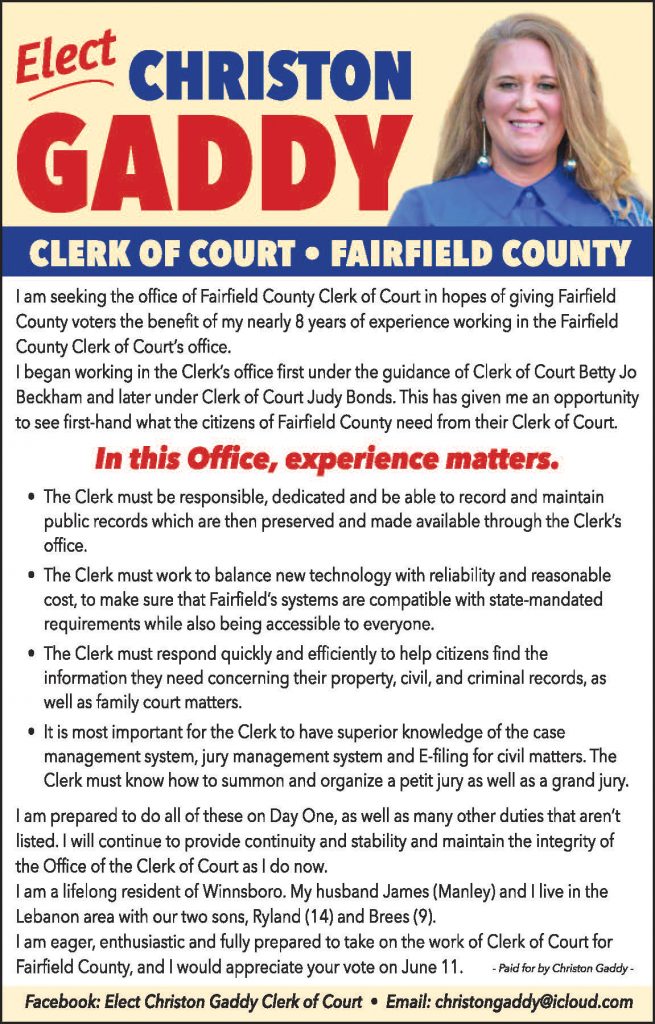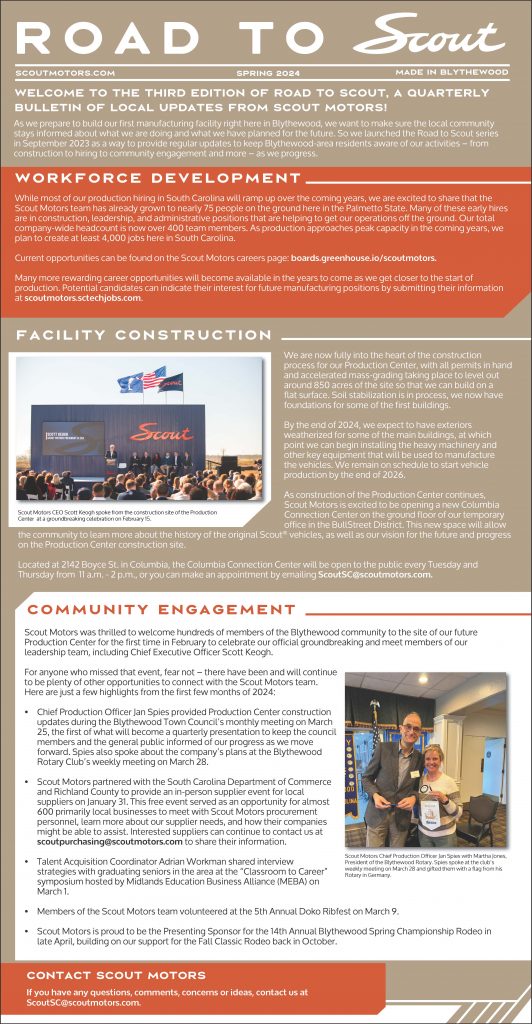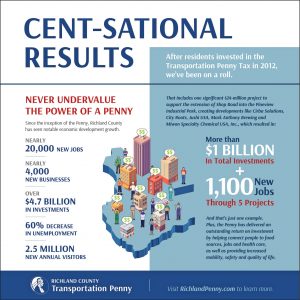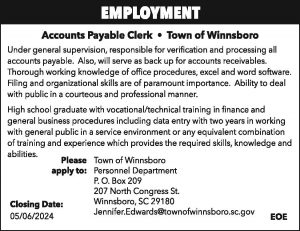In an effort to improve support of its students whose families have been determined to live below the poverty rate, Richland School District 2 has made the following information available since the first of the year at school board meetings and in press releases to the media. This information consists both of raw data about poverty in the District and of ways the District is tackling that poverty.
The poverty rates for a district are determined by the number of students that qualify for Free and Reduced Lunches. These parameters are set by the federal government, which reimburses schools that participate in the National School Lunch Program (NSLP). The District is awarded grants and state/federal funding based, in part, on its poverty rate. Schools are required to offer specific portions and meet specific nutritional content to be in good standing with the program.
Free/reduced lunch rates have continued to increase over the last several years in Richland 2. Six years ago (2007/2008 school year), 41 percent of Richland 2 students qualified. This year (2013-14), 47 percent qualify. The average for South Carolina is 59 percent. The federal poverty baseline for a household of four is $23,550. Students qualify for free meals if their household income is below $30,615. Students qualify for reduced meals if their household income is between $30,515 and $43,568. Currently, Richland 2’s charges for full-pay students are: $1 for breakfast for all grades, $2.40 for elementary lunches and $2.60 for upper grade lunches.
District staff reported that some families who meet the criteria set by the federal government for poverty, particularly those with older students, are hesitant to participate because of the stigma associated with receiving the free or reduced meals. The schools have responded with a uniform process for purchasing lunch so that there is no longer an obvious difference at the checkout line between the different lunch pay procedures.
In an effort to reach each and every student who might qualify as living in poverty, the district provides the following services:
• Taxi transportation to and from school for students that leave their original school to attend another school in the district due to homelessness. They are not required to enroll in the school zoned for their new address.
• Free tutoring, particularly at the upper grades.
• An increase in the number of social workers and school nurses in the district.
• Family Intervention Programs for the entire family.
• Increased efforts to bring community members into the school to bring the world to students.
• Integrate teaching methods to help students who are missing the ‘background knowledge’ (due to poverty) to grasp concepts that children not facing poverty have commonly experienced.
• Programs like the Poverty Series that is open to all district employees, teachers and administrators.
• Backpack programs to send food home for weekends and holidays.
Dr. Arlene Bakutes oversees more than $17 million dollars in state and federal grants for Richland 2 outside the general budget funds to support programs that otherwise would not be financed. Frequently the grants are for specific projects such as the three-year International Baccalaureate program at Windsor Elementary (which feeds into EL Wright Middle, which feeds into Richland Northeast High). These grants went to these schools because the grant money was stipulated to go where minority students who experienced poverty were not achieving. Several schools are benefiting from a 21st Century Learning Center program that provides academic after-school enrichment to underperforming student bodies in high poverty schools. Six of our seven middle schools (Blythewood’s Muller Road Middle is the odd man out) are participating in a federally funded program that connects exercise and healthy eating with academic performance.
Perhaps most innovative has been the District’s Poverty Series – a series of meetings (two this fall and two next spring) to make District teachers, employees and staff aware of the poverty rate in the District and how the District is tackling the problem. Poverty issues are being addressed head on through professional development from the Frances Marion University Center for Excellence. The Center teaches district personnel about the many facets of poverty and how to teach students who are at the poverty level so that they can achieve academically.
Next week, we will outline how poverty impacts student achievement and how teachers can combat this with minimal costs through their teaching methods.












